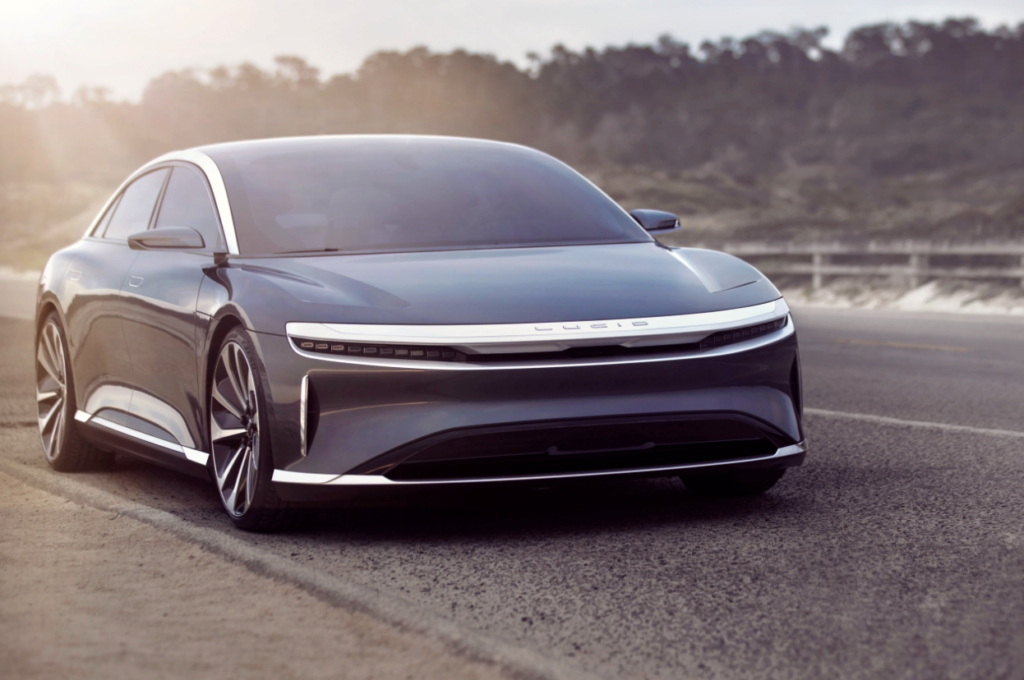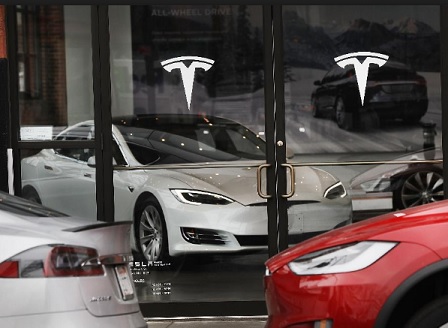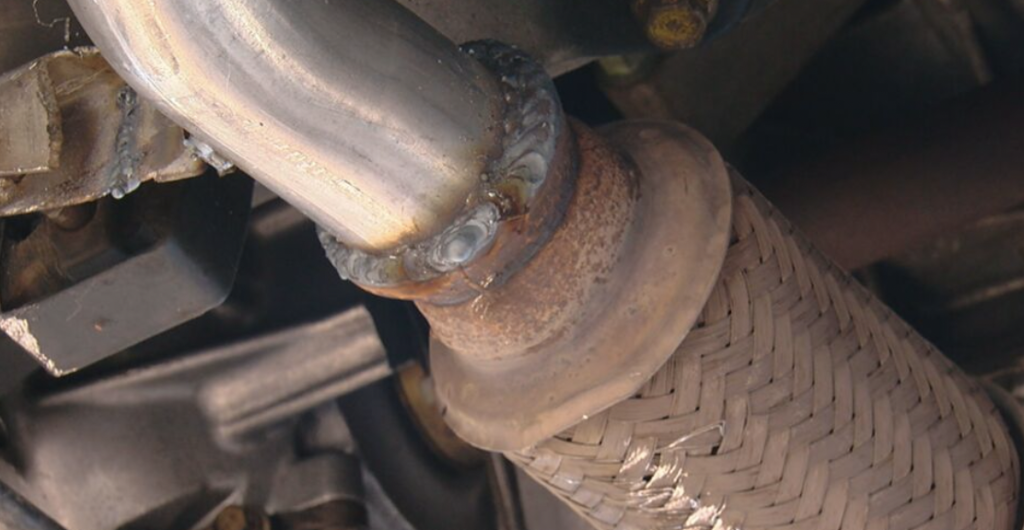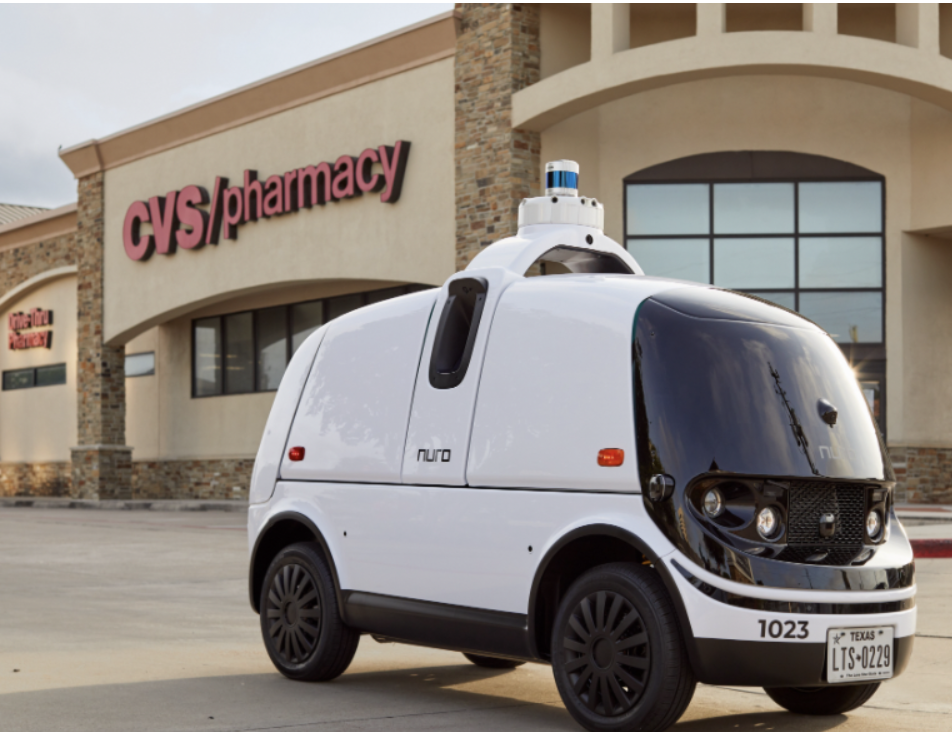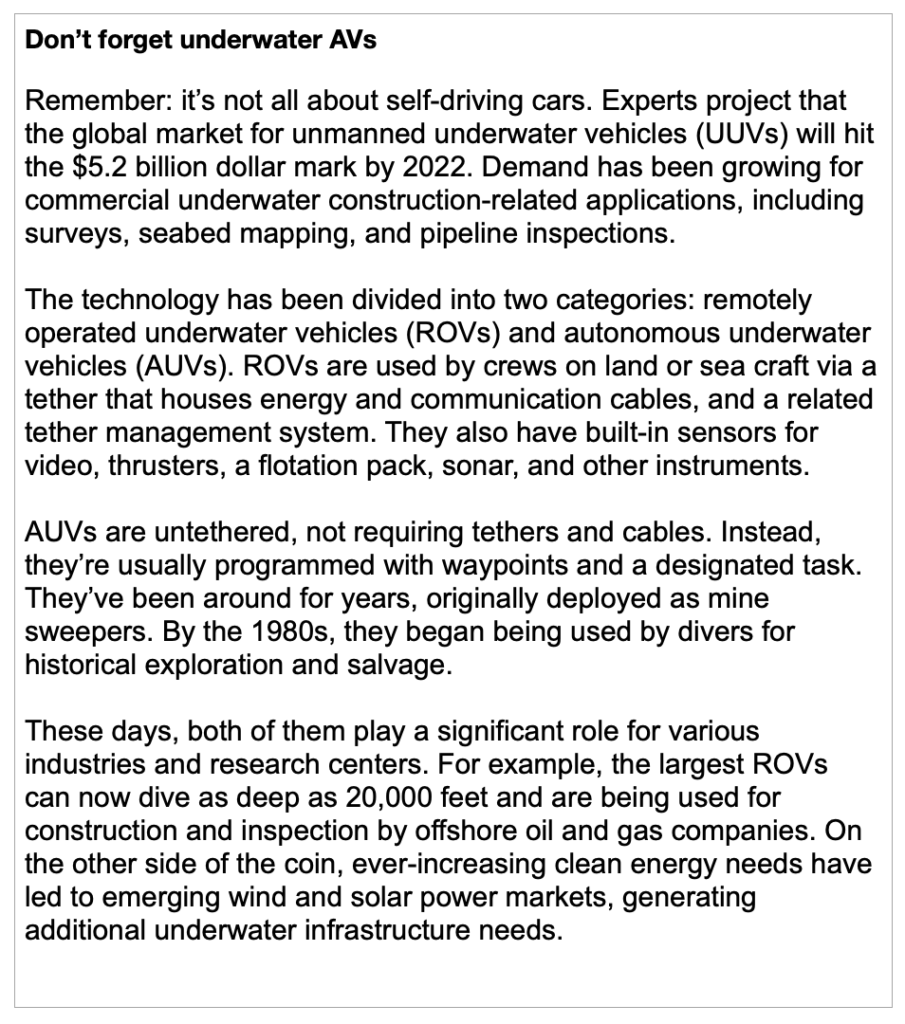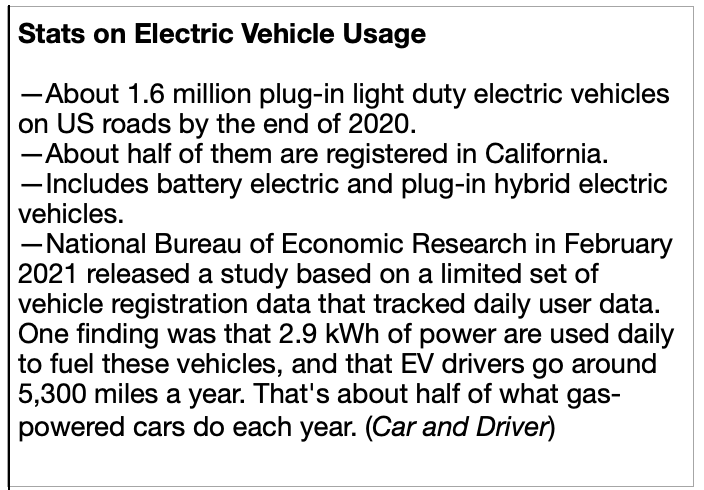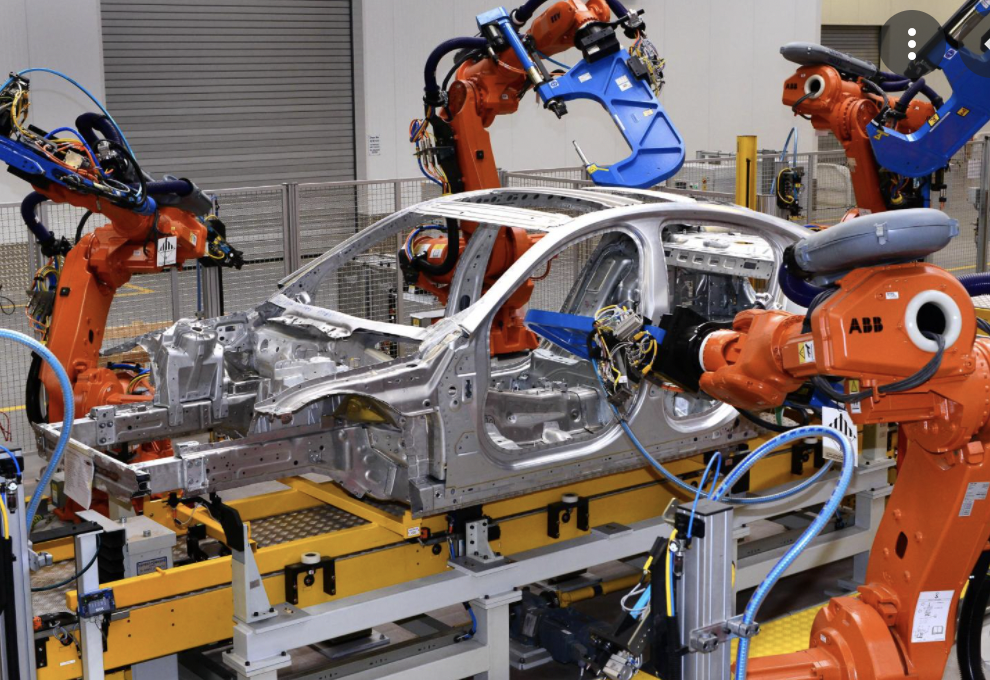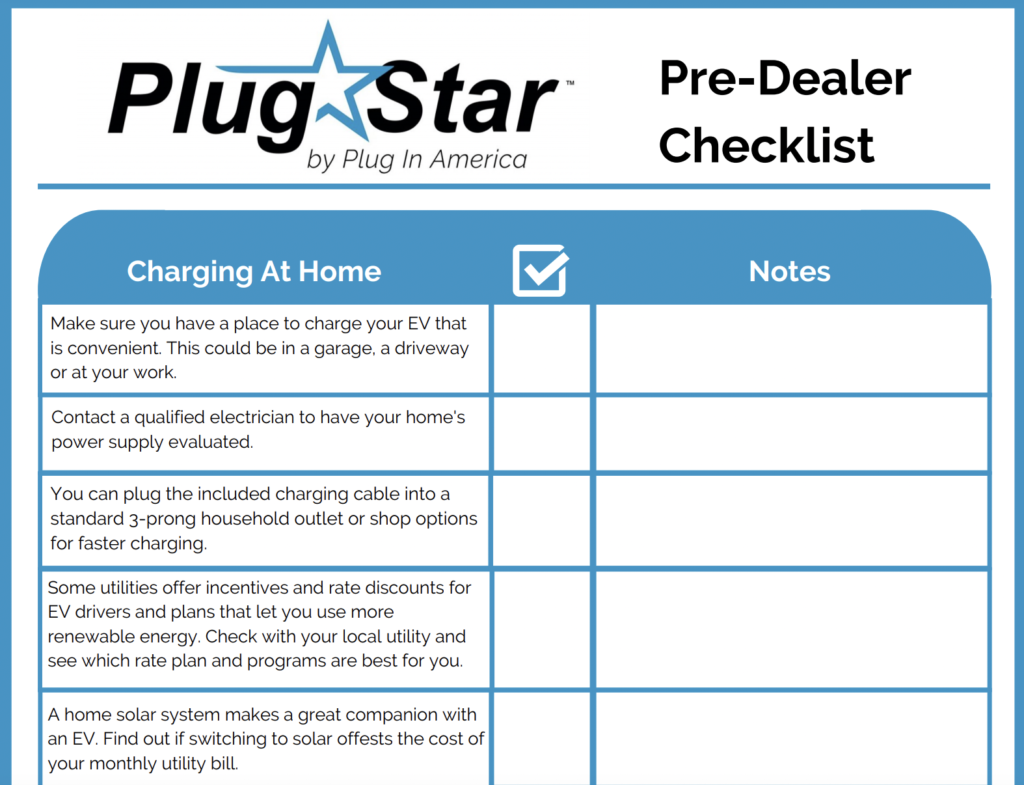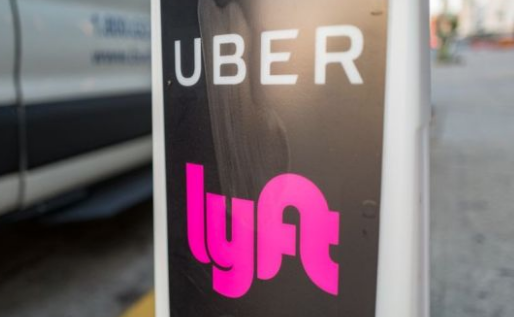Editor’s note: Apologies to all of you who contacted me to get together at ACT Expo. I missed the conference for two reasons: my spouse just had knee replacement surgery and I’m the caregiver; and I just started grad school. See you next time. — Jon LeSage
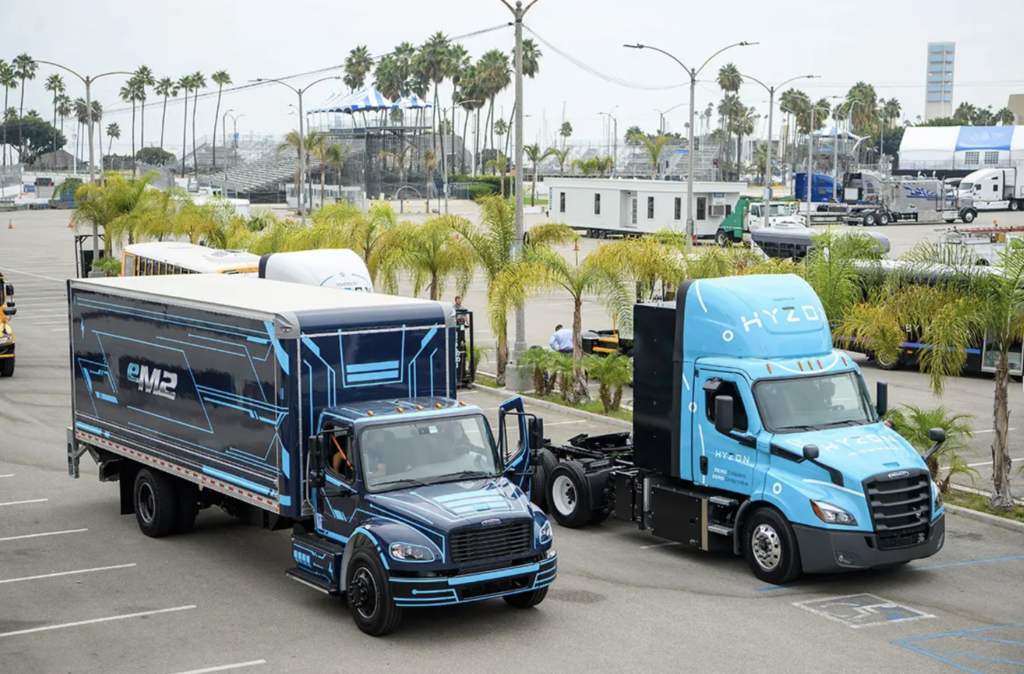
If you face a power outage during the bad weather going on around the country, just look to borrow a neighbor’s F-150 PowerBoost hybrid with Pro Power Onboard. Maybe your neighbor has a job where they need to run power tools off the grid — so their fleet manager ordered a few hundred of them and had them all delivered with instructions during blackouts.
And maybe that fleet manager told colleagues all about it at ACT Expo, Aug. 31 to Sept. 2; or will be doing so at AltWheels Fleet Day on Oct. 4; or at Work Truck Week next year. Here’s the second half of a guide to resources already in place and dedicated to driving clean transportation, fuels, and energy forward.
Conferences:
ACT Expo — a few highlights
With masks everywhere and safety protocols in place, ACT Expo returned to Long Beach once again to highlight the enthusiasm and interest surrounding clean transportation and clean vehicle technology. The ACT Expo is already looking to expand next year’s show, and you can schedule to attend ACT Expo 2022, May 9-12, 2022, and once again at the Long Beach Convention Center.
Organizers of the ACT Fleet Forum talked about programming on cutting-edge technology and opened membership to new participating fleets. Public sector and small fleets that have begun adopting clean technologies including propane, compressed natural gas (CNG), battery-electric vehicles, hydrogen fuel cell electric vehicles and renewable fuels are now eligible to join large national fleets including Penske Transportation Solutions, Amazon, Walmart, J.B. Hunt, and Schneider. An industry-leading educational initiative for early adopters to share best practices in clean transportation technologies, the ACT Fleet Forum provides member fleets education via webinars, workshops, and in-person site visits year-round. Facilitated by clean transportation consulting firm Gladstein, Neandross & Associates (GNA), the ACT Fleet Forum is an extension of the Advanced Clean Transportation (ACT) Expo, North America’s largest advanced transportation technology and clean fleet event. ACT Expo that took place Aug. 31 to Sept. 2 at the Long Beach Convention Center in Southern California.
BYD unveiled two battery-electric heavy-duty trucks, the Gen3 8TT and 6F, vehicles that combine performance, reliability, and driver comfort into stylish designs. They feature cabs styled by Wolfgang Josef Egger, the renowned former Audi chief designer. The stylish cabs offer improved aerodynamics and energy efficiency. The truck come standard with Advanced Driver-Assistance Systems (ADAS), making driving easier and safer. The trucks are equipped with an Electronic Parking Brake system, offer keyless entry and push to start functions, and have up to 185kW CCS1 charging capability. The extended range version of the 8TT and 6F offer a range of up to 200 miles on a charge, BYD said.
Day two of the conference started with an announcement of the Joint Electric Truck Scaling Initiative, or JETSI, a landmark initiative to deploy 100 battery-electric regional haul and drayage trucks across California. The trucks, manufactured by Daimler Trucks North America and Volvo Trucks North America, will be deployed by logistics companies NFI Industries and Schneider on freight corridors serving the Ports of Los Angeles and Long Beach, as well as distribution centers across Southern California. Attendees heard a presentation by Volvo Trucks North America’s President Peter Voorhoeve. GNA CEO Erik Neandross queried Voorhoeve on the Volvo Trucks’ involvement with the JESTSI project, the VNR Electric, the OEM’s partnership with Daimler on fuel cell truck development, and how the global consensus on climate change is evolving.
Penske Truck Leasing announced a collaboration with Stem Inc. to pilot its Athena smart energy storage software to optimize the electricity requirements associated with charging commercial electric trucks. The pilot project included a 350 kilowatt (kW)/800 kilowatt hour (kWh) battery system powered by Stem’s Athena at Penske’s heavy-duty truck charging positions in Ontario, Calif. Through this, Penske is continuing to expand its fleet electrification efforts including the evaluation of important related technologies to support the emerging charging needs of battery electric trucks. Since starting the pilot in April 2021, smart energy storage has driven a 40% decrease in Penske’s site peak energy consumption.
Navistar’s fully electric, medium-duty International eMV Series trucks is now in production and available to order. The eMV is available in four different wheelbase options – 217″, 236″, 254″ and 272″ – and features the Diamond Logic electrical system as standard equipment. The battery provides a 135-mile range when fully charged. “Our team has worked tirelessly to build an all-electric medium-duty vehicle solution that offers our customers all the environmental benefits of a zero-emissions vehicle, while delivering the capabilities of a traditional medium-duty truck to help you take care of business,” said Debbie Shust, vice president of medium-duty trucks at Navistar.
Quantum Fuel Systems has been selected by Certarus Ltd. to deliver industry-leading virtual pipeline trailers for hydrogen in December 2021. Certarus will receive Quantum’s VPLite-H45/40’ trailers, which have a gas mass of 803kg at 3,600 psi (248 bar). The trailers will be approved for use in both the United States and Canada. “Certarus is uniquely positioned to accelerate the energy transition by making hydrogen a convenient fuel solution for our customers. We chose to expand our partnership with Quantum because of their extensive experience working with hydrogen, and the proven quality of their virtual pipeline trailers that enable us to safely deliver zero emission energy anywhere our customers need it,” noted Curtis Philippon, CEO of Certarus.
Karma Automotive announced a new designation for their suite of engineering services and contract manufacturing operations called “Powered by Karma.” The team revealed two new modular electrification vehicle projects at ACT Expo. Powered by Karma provides business to business (B2B) modular vehicle electrification solutions and services to outside customers. Using the company’s experience in vehicle engineering and manufacturing operations, the team creates and integrates new technologies and provides world-class flexible contract production services for customers in the mobility space. Powered by Karma also creates modular, commercial-grade electrification systems that can be used for Class 3-6 vehicles in various configurations including busses, RVs, step vans, box trucks, and more.
XL Fleet announced a new engagement with Stellantis N.V. to produce hybrid electric Ram 2500 and 3500 heavy-duty pickup trucks. This partnership marks the first time that Ram vehicles can be ordered with hybrid-electric drive technology, allowing fleet managers to reduce emissions and maintain sustainability targets. XL Fleet’s XLH hybrid electric drive systems are also currently available on a wide variety of Class 2-6 vehicles from Ford, Chevrolet, GMC, and recently announced Isuzu.
And there are a few other events to know about………
Sustainable Fleet Technology Conference & Expo 2021: NC Clean Energy Technology Center, The 100 Best Fleets, and NAFA Fleet Management Association, are offering a Virtual Sustainable Fleet Technologies Conference on Sept. 9 to Oct., 19, 2021. It will take place on Tuesdays and Thursdays from 2:00 to 3:30 pm ET. The Sustainable Fleet Technology Conference 2021 will highlight current technologies, topics and issues in the fleet industry as we navigate the rapidly evolving transportation industry. Sessions will focus on the latest and greatest opportunities for biofuel, electric, natural gas, and propane fuels and fueling – with a strong focus on data-driven decisions, tools, and technologies. Join them online for valuable presentations and conversations.
Electric & Hybrid Vehicle Technology Expo and The Battery Show: Each year, engineers, innovators, and thought leaders converge in Novi, Mich., for a conference and expo focused on keeping up with the fast-moving advanced battery and automotive industries. This year, two of these events are being brought together Sept. 14-16, 2021 at Suburban Collection Showplace in Novi, Mich. The national’s biggest advanced battery and electric vehicle event will show battery applications in automobiles, consumer electronics, medical devices, and stationary storage. The event organizers expect over 10,000 attendees, more than 550 suppliers, over 150 speakers, and more than 72 hours of education.
AltWheels Fleet Day: AltWheels Fleet Day is coming up on Monday, Oct. 4, and registration is now open. For the second year, the event will virtually offer speakers, panels, and presentations on critical issues facing fleets and other stakeholders in alternative fuels and vehicles. Fleet managers will learn more about funding programs and emerging trends at the 16th annual AltWheels Fleet Day. More details will be coming out soon on speakers and subject matter. Last year, the conference went virtual for the first time and featured an impressive line-up of 19 expert speakers along with several sponsor videos. The event drew 378 registrants to hear keynote talks from Anirban Basu, Chairman & CEO, Sage Policy Group, and Bill Van Amburg, Executive Vice President, CALSTART; as well as a series of panels and interviews of industry leaders from organizations such as Ford, Toyota, UPS, National Grid, US Environmental Protection Agency, Verizon Connect, and Blackburn Energy to name a few. All sponsors, co-hosts, speakers, and moderators must register online to attend this year’s virtual event. By registering, attendees will receive the zoom link.
CALSTART Event: CALSTART has been been part of a big one — reduce emissions significantly with trucks emitting 27 percent of greenhouse gas emissions and make up less than 4 percent of the global on-road fleet; and 60 percent of nitrous oxide (NOx) emissions worldwide. ZET Global Expo at COP26, which runs from Nov. 1-12 at Scottish Event Campus in Glasgow, will work with global leaders on reaching the net zero by 2050 target. Organizers are happy to see a variety of zero emission trucks (ZETs) available for fleets and truck operators to purchase these days. Speakers will focus on getting nations and subnational governments that are setting climate commitments to take a closer look at ZETs and align their climate goals with policies and programs that accelerate ZETs.
NGV21
Oct. 19-21, 2021
Phoenix
https://ngvshow.com/
Washington, DC – Online registration for NGV21 – NGVAmerica’s in-person 2021 Annual Meeting and Industry Summit – scheduled for October 19-21, 2021 at The Wigwam Arizona Resort in Greater Phoenix, Arizona is now open at ngvshow.com. This year’s show – presented by Clean Energy Fuels – will focus on NGV’s achievement of a carbon negative now transportation solution for medium- and heavy-duty fleets. For the first time ever, California fleets fueled with bio-CNG achieved carbon-negativity in their 2020 transportation operations. Ninety-two (92) percent of all on-road fuel used in natural gas vehicles in California last year was renewable natural gas (RNG), and CARB data from Q4 2020 puts the current carbon intensity average of bio-CNG in the state system at -26.11 gCO2e/MJ. NGVAmerica’s Annual Meeting and Industry Summit is the only dedicated natural gas in transportation alternative fuels conference and show focused on the North American market and hosted and attended by the biggest players in this space.
Meeting of the Minds: Cities are innovating, companies are pivoting, and start-ups are growing. Every urban practitioner has a remarkable story of insight and challenge from the past year. Meet these peers and discuss the future of cities in the new Meeting of the Minds Executive Cohort Program. Replace boring virtual summits with facilitated, online, small-group discussions where you can make real connections with extraordinary, like-minded people. Meeting of the Minds events convene thousands of VIPs each year. Those interested can fill out a form to download the sponsorship prospectus and get involved with Meeting of the Minds. The dates and location have yet to be announced, but stay tuned for more news.
Work Truck Week 2022: Produced annually by NTEA – The Association for the Work Truck Industry, Work Truck Week is your once-a-year chance to see all of the newest industry products, choose from dozens of industry-focused training courses, and gain access to technical engineering representatives from hundreds of exhibiting companies. More event information will be coming out soon, which will be held March 8-11, 2022 at Indiana Convention Center (Indianapolis).
Government Agency Fleet Programs:
Argonne National Laboratory: At the US Dept. of Energy’s Argonne National Laboratory, the agency offers cumulative figures, and some details on the latest market developments, on hybrid electric vehicle sales, plug-in vehicle sales, and hydrogen fuel cell electric vehicles. You can also view charts on US plug-in vehicle sales since 2010, and mostly sales data for electric vehicles. The problem here is that you have to magnify the chart and gaze at lines of color to estimate those volumes. One study by Argonne National Laboratory provided a comprehensive lifecycle analysis, or cradle-to-grave analysis, of the cost and greenhouse gas emissions of a variety of vehicle-fuel pathways, as well as the levelized cost of driving and cost of avoided GHG emissions.
Clean Vehicles: Clean Fleets Related Links for State and Local Transportation Resources: This page provides links to the U.S. Environmental Protection Agency (EPA) and non-EPA Web-based resources that provide additional information on clean vehicles. Links go directly to specific Web sites or documents that address fleet-related trends and issues. Clean Fuel Fleet Implementation Guidance provides guidance to states and regulated entities in the implementation or start-up phase of the Clean Fuel Fleet program. Clean School Bus USA is a voluntary EPA program designed to reduce children’s exposure to diesel exhaust and the amount of air pollution created by diesel school buses. SmartWay Transport Partnership is a voluntary partnership between various freight industry sectors and EPA that establishes incentives for fuel efficiency improvements and greenhouse gas emissions reductions. U.S. “Green Fleets” Initiative is a program managed by the International Council for Local Environmental Initiatives that provides “green fleet” information for local governments.
Clean Cities: Clean Cities Coalition Network is a resource of the U.S. Department of Energy’s Vehicle Technologies Office. At the national level, the Vehicle Technologies Office provides unbiased and objective resources and information to help transportation stakeholders evaluate options and achieve goals around alternative fuels, advanced vehicles, mobility solutions, and other fuel-saving strategies. At the local level, more than 75 coalitions leverage these resources to create networks of local stakeholders that advance transportation projects. Since 1993, Clean Cities coalitions have steadily increased their energy use impact each year through diverse transportation projects for a cumulative impact equal to nearly 11 billion gasoline gallon equivalents (GGEs).
Advanced Clean Fleets — California Air Resources Board: California Air Resources Board (CARB) is developing a medium and heavy-duty zero-emission fleet regulation with the goal of achieving a zero-emission truck and bus California fleet by 2045 everywhere feasible and significantly earlier for certain market segments such as last mile delivery and drayage applications. The initial focus would be on high-priority fleets with vehicles that are suitable for early electrification, their subhaulers, and entities that hire them. The goal of this effort is to accelerate the number of medium and heavy-duty zero-emission vehicle purchases to achieve a full transition to zero-emission vehicles in California as soon as possible.
South Coast Air Quality Management District (AQMD): This agency acts as a clearinghouse for California AQMD projects, programs, and grants aimed at fleets seeking to reduce air pollution. Fleet Rule Information: To reduce both toxic and smog-forming air pollutants, the South Coast AQMD adopted seven rules that will gradually shift public agencies and certain private entities to lower emissions and alternative fuel vehicles whenever a fleet operator with 15 or more vehicles replaces or purchases new vehicles. All seven fleet rules are now in effect. Readers should review each rule that would affect their purchasing or contracting procedures involving fleet vehicles. For some entities, more than one rule may apply. Fleet rules on heavy-duty public fleets: To reduce air toxic and criteria pollutant emissions, this rule requires public fleets in the South Coast AQMD’s jurisdiction operating heavy-duty vehicle fleets to acquire alternative-fuel, dual-fuel, or dedicated gasoline heavy-duty vehicles when procuring or leasing these vehicles for use within the South Coast AQMD’s jurisdiction. If the fleet operator obtains an approved Technical Infeasibility Certification for this purchase, a diesel-powered heavy-duty engine or vehicle with an approved control device may be purchased. VIP overview: The VIP is a streamlined approach to reduce emissions by replacing old, high-polluting vehicles with newer, lower-emission vehicles. This program is limited to owners/operators with fleets of 10 or fewer vehicles that have been operating at least 75% (mileage-based) in California during the previous twenty four (24) months. The goal of this program is to reduce emissions from in-use heavy-duty trucks in small fleets by replacing Engine Model Years 2009 and older with Engine Model Years 2013 (or newer) emissions compliant models. The VIP is implemented by South Coast AQMD through contractual agreements with Dealers and Dismantlers. The Dealers will apply to South Coast AQMD for the vouchers on behalf of the applicant. If approved, the voucher amount will be deducted from the total purchase price of the truck by the Dealer. Applicants interested in replacing their truck must purchase their replacement truck through an South Coast AQMD-approved VIP Participating Dealership that has completed the required training for the VIP. A current list of South Coast AQMD approved Dealerships and Dismantlers is included below. Additional updates to these lists will be posted on our webpage as they become available.
California Energy Commission’s Clean Transportation Program: Also known as the Alternative and Renewable Fuel and Vehicle Technology Program, the Clean Transportation Program provides funding to support innovation and accelerate the development and deployment of advanced transportation and fuel technologies. The program invests up to $100 million annually in a broad portfolio of transportation and fuel transportation projects throughout the state. The Energy Commission leverages public and private investments to support adoption of cleaner transportation powered by alternative and renewable fuels. The program plays an important role in achieving California’s ambitious goals on climate change, petroleum reduction, and adoption of zero-emission vehicles, as well as efforts to reach air quality standards. The program also supports the state’s sustainable, long-term economic development.
Clean Fleets — New York State: Local governments can either install an EV charging station and/or other alternative fuel infrastructure or deploy alternative fuel vehicles in the municipal fleet. Resources include……..
A Fact Sheet that provides a brief description of the Clean Fleets action along with the benefits communities can expect to achieve.
The Step-by-Step Guidance slide presentation provides an overview of the Clean Energy Communities Program as well as a detailed description and step-by-step guidance for implementing the Clean Fleets action.
New York State Office of General Services Vehicle Marketplace is where local governments can purchase competitively priced cars and trucks including alternative fuel vehicles from a variety of vehicle dealers.
Creating EV-Ready Towns and Cities: A Guide to Planning and Policy Tools is a guide that highlights best practices and introduces policy options for public officials and private-sector leaders seeking to prepare their communities, jurisdictions, states or organizations for electric vehicles.
Clean Vehicles and Infrastructure Rebates: The New York State Department of Environmental Conservation is offering rebates of up to $5,000 per clean vehicle and up to $8,000 per port for electric vehicle charging stations. A document provides information on how to apply.
The Clean Fleets Certification Form, Version 2: This certification form may be completed and submitted to earn credit for this action.
NYSERDA Clean Energy Communities: Local governments in New York State can use the Clean Energy Communities program to implement clean energy actions, save energy costs, create jobs, and improve the environment. In addition to providing tools, resources, and technical assistance, the program recognizes and rewards leadership for the completion of clean energy projects.
And in other news…………
Big developments in hydrogen and fuel cell vehicles: Ballard Power Systems Inc. has formed a partnership with Germany-based Quantron AG to bring several fuel-cell electric truck platforms to market.The Canadian developer and manufacturer of proton exchange membrane fuel cell products said the initial focus of the collaboration would revolve around the integration of Ballard’s heavy-duty fuel cell power modules into Quantron’s electric drivetrain and vehicles. Ballard expects initial deployment of fuel cell electric trucks to be in the second half of 2022…………. Hyundai Motor Group has set out its vision for hydrogen energy and a global hydrogen society. At the Hydrogen Wave global online forum in Seoul, the Group presented its plans to popularize hydrogen by 2040 through the introduction of new technologies and mobility solutions in transportation and other industrial sectors. That lineup includes trucks, a sports car, and drones. “Hyundai Motor Group’s vision is to apply hydrogen energy in all areas of life and industry such as our homes, work-places and factories. The goal is to make hydrogen readily used for everyone, everything, and everywhere,” said Chairman Chung at the Hydrogen Wave online global forum.
MB making big moves in EVs: Mercedes-Benz launched a few electric vehicles ahead of the IAA Mobility show in Germany, including its first AMG-branded high-performance EV, a sedan and a G-Class SUV concept — all part of the company’s big strategy to become an electric-only automaker by the end of the decade. The automaker has already started producing the all-electric EQS, a high-forward and sleek flagship that’s meant to be an electric counterpart to the S-Class.
Gigafactory Berlin: The German government is finalizing a subsidy package that could give Tesla over $1 billion in government funding for its new battery factory at Gigafactory Berlin. Tesla says that the project will also include a large battery cell factory, making it the automaker’s first in-house volume production of battery cells. The factory has been conducting the initial tests of its Model Y production equipment.


